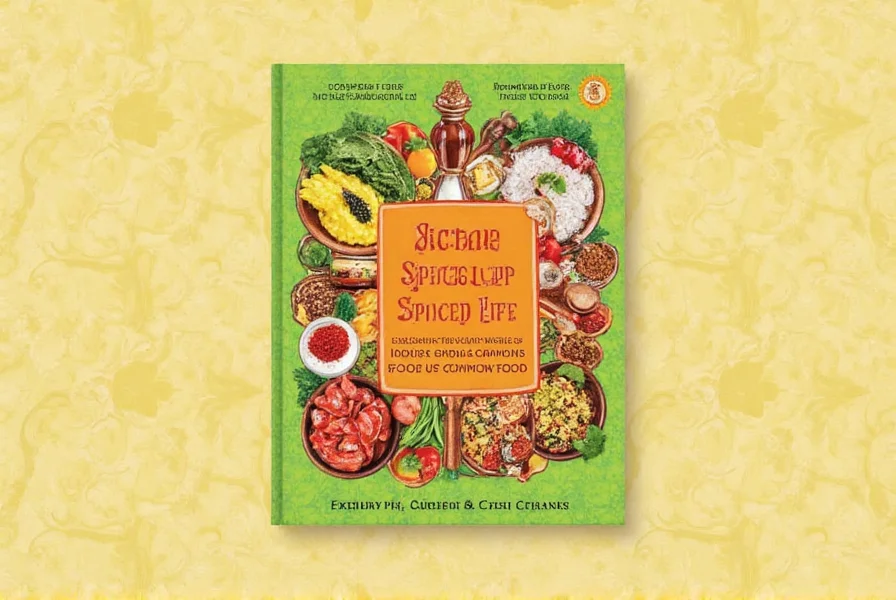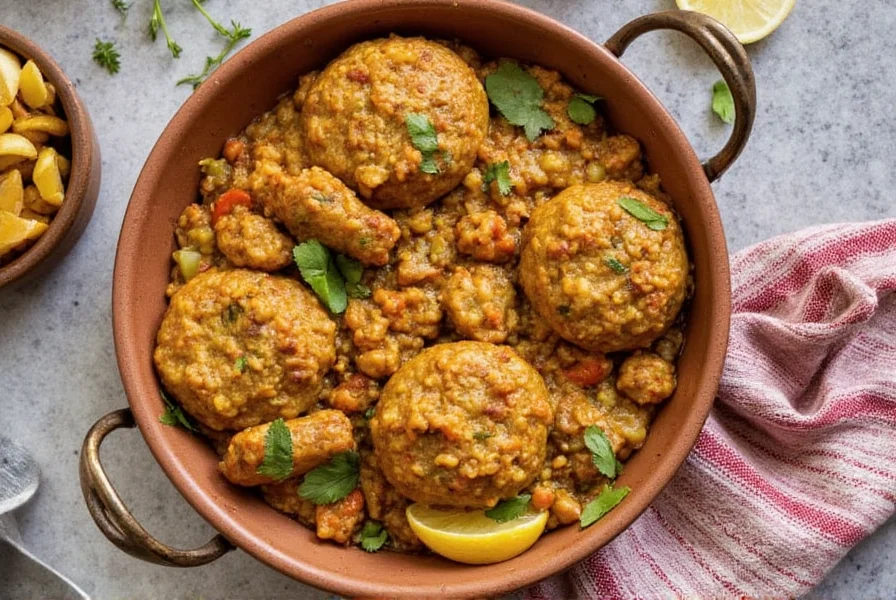Spice Up Your Life: Exploring the Vibrant World of Indian Common Food
If you've ever walked into an Indian kitchen, you probably felt like you'd stumbled into a treasure trove of flavors. Indian common food is known around the world for its vibrant use of spices, regional diversity, and mouthwatering aromas that make your taste buds dance with joy.
Table of Contents
- Introduction to Indian Common Food
- The Role of Spices in Indian Cuisine
- Top 10 Most Popular Indian Common Dishes
- Regional Variations Across India
- Easy Cooking Tips for Beginners
- Buying Guide: Must-Have Ingredients for Indian Cooking at Home
- Conclusion
Introduction to Indian Common Food
Indian cuisine isn't just about curry — it's a colorful mosaic of tastes, textures, and traditions passed down through generations. From street food stalls to royal kitchens, every dish tells a story rooted in history, geography, and culture. Whether you're craving something spicy, sweet, or savory, Indian common food has got you covered.

The Role of Spices in Indian Cuisine
No Indian meal is complete without a medley of spices that elevate each bite from ordinary to extraordinary. But how do these humble powders and seeds create such unforgettable flavor profiles?
Why Are Spices So Important in Indian Cooking?
- Digestive Aid: Many Indian spices, like cumin and ginger, are believed to aid digestion.
- Preservation: Before refrigeration, spices were used to preserve food.
- Flavor Enhancement: Each spice adds a unique layer of aroma and taste.
- Cultural Significance: Spices often play a role in religious rituals and traditional medicine (Ayurveda).
Commonly Used Spices in Indian Common Food
| Spice | Flavor Profile | Popular Use |
|---|---|---|
| Cumin (Jeera) | Earthy, nutty | Tadka, dal, biryani |
| Coriander (Dhania) | Fresh, citrusy | Curries, chutneys |
| Turmeric (Haldi) | Earty, bitter | Rice dishes, anti-inflammatory properties |
| Cardamom (Elaichi) | Sweet, floral | Desserts, chai, biryani |
| Mustard Seeds (Rai) | Pungent, nutty | South Indian dishes, tempering |
Top 10 Most Popular Indian Common Dishes
Ready to take a flavorful journey across India? Here’s a list of must-try dishes that define the essence of Indian common food:
- Dal Tadka – Luscious yellow lentils tempered with mustard seeds and curry leaves.
- Biryani – Fragrant basmati rice layered with marinated meat or veggies and spices.
- Butter Chicken – Creamy tomato-based gravy with tender chicken pieces.
- Chole (Chana Masala) – Hearty chickpeas cooked in a spiced onion-tomato gravy.
- Paneer Tikka – Marinated cottage cheese grilled to perfection.
- Dosa – Crispy South Indian crepe made from fermented rice and urad dal batter.
- Golgappa (Pani Puri) – Hollow puris filled with spicy water and tamarind chutney.
- Upma – Savory semolina porridge, perfect for breakfast.
- Kheer – Rice pudding flavored with cardamom, saffron, and dry fruits.
- Paratha – Flaky flatbread stuffed with potatoes, paneer, or other fillings.
Regional Variations Across India
India is a land of diverse cultures, and this reflects beautifully in its cuisine. What’s served in the north might look completely different from what’s eaten in the south. Let’s explore some of these regional variations:
Northern India
- Signature Ingredients: Ghee, dairy products, wheat flour
- Popular Dishes: Butter Chicken, Naan, Dal Makhani, Rogan Josh
- Key Spices: Cumin, coriander, garam masala
Southern India
- Signature Ingredients: Coconut, tamarind, rice
- Popular Dishes: Dosa, Idli, Sambar, Pongal
- Key Spices: Mustard seeds, curry leaves, black pepper
Eastern India
- Signature Ingredients: Fish, mustard oil, panch phoron (five-spice mix)
- Popular Dishes: Machher Jhol (fish curry), Shorshe Ilish (mustard hilsa fish), Chhenchura
- Key Spices: Panch Phoron, turmeric, nigella
Western India
- Signature Ingredients: Millet, peanuts, sesame
- Popular Dishes: Vada Pav, Poha, Thepla, Undhiyu
- Key Spices: Garlic, red chili powder, asafoetida
Easy Cooking Tips for Beginners
You don’t have to be a master chef to enjoy making Indian common food at home. With a few tips and tricks, even beginners can whip up delicious meals that impress family and friends.
1. Master the Art of Tadka
A hot oil tempering with mustard seeds, cumin, curry leaves, and dried chilies can instantly lift the flavor of any dish. Always add tadka at the end unless the recipe says otherwise.
2. Don’t Skip Fresh Herbs
Cilantro and curry leaves bring brightness and depth. Always add them fresh at the end for maximum impact.
3. Use Whole Spices Whenever Possible
Whole spices like cloves, cinnamon, and cardamom release more complex flavors than their powdered counterparts. Toast them first for better aroma.
4. Balance the Heat
If your dish is too spicy, try adding a dollop of yogurt, coconut milk, or a squeeze of lime to mellow things down.
5. Prep Ahead
Marinate proteins and soak lentils in advance. This saves time and enhances flavor absorption.
Buying Guide: Must-Have Ingredients for Indian Cooking at Home
To cook authentic Indian common food at home, you’ll need a well-stocked pantry. Here’s a guide to the essentials:
Essential Pantry Staples
- Basmati Rice – Long-grained rice ideal for biryanis and everyday meals.
- Lentils & Legumes – Red lentils (masoor dal), split pigeon peas (toor dal), and green moong dal are essential for soups and stews.
- Coconut Milk & Oil – A must-have for curries, especially in southern and coastal cuisines.
- Ghee – Clarified butter used for cooking and finishing dishes with rich flavor.
- Tamarind Paste – Adds tanginess to dishes like sambar and rasam.
- Yogurt – Great for marinades, cooling raitas, and creamy gravies.
Best Spice Brands for Authentic Flavor
| Brand | Features | Best For | Target Audience |
|---|---|---|---|
| MDH | Authentic blends, affordable pricing | Everyday cooking, quick meals | Home cooks, students |
| Everest | Consistent quality, bold flavor | Restaurant-style curries | Experienced cooks |
| Zamora | Organic, non-irradiated, gourmet-grade | Health-conscious individuals | Food enthusiasts, organic lovers |
| Spice Garden | Small-batch artisan spices | Special occasions, gourmet cooking | Chefs, food bloggers |
Recommended Tools for Indian Cooking
- Cast Iron Kadhai – Ideal for deep frying and slow cooking.
- Mortar and Pestle – Perfect for grinding fresh masalas and pastes.
- Non-Stick Tawa – Essential for making roti, paratha, and dosa.
- Spice Grinder – Helps blend whole spices into fine powders easily.
- Tempering Spoon (Cheeni) – Used for controlled tadka without splattering oil.

Conclusion
Indian common food is not just a cuisine — it's an experience. From the heady aromas of garam masala to the fiery punch of green chilies, every bite tells a story of tradition, innovation, and love. Whether you're savoring a plate of butter chicken on a rainy day or enjoying golgappas at a festive gathering, Indian food connects people through shared memories and flavors.
So why not dive in? Stock your pantry with spices, roll up your sleeves, and start exploring the rich tapestry of Indian culinary traditions today. Who knows, you might just discover your new favorite dish!










 浙公网安备
33010002000092号
浙公网安备
33010002000092号 浙B2-20120091-4
浙B2-20120091-4